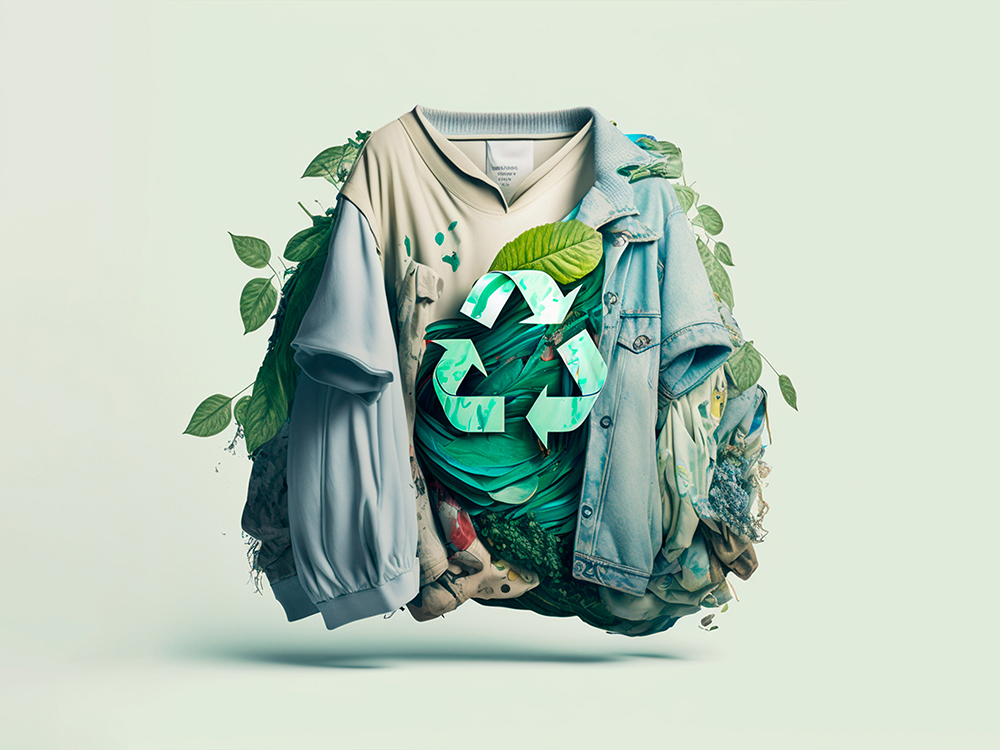In recent years, the term Sustainable Fashion: A Greener Future has gained significant traction as consumers become increasingly aware of the environmental impact of their clothing choices. Sustainable fashion encompasses a range of practices aimed at reducing waste, conserving resources, and promoting ethical production methods. By embracing eco-friendly materials and innovative design techniques, the fashion industry is taking strides towards a more sustainable future, ensuring that style does not come at the expense of our planet.
As you delve deeper into this article, you will discover the various dimensions of sustainable fashion, including the importance of ethical sourcing, the role of circular economy principles, and the impact of fast fashion on our environment. We will explore how brands are adapting to these challenges and the innovative solutions they are implementing to create a more sustainable supply chain. Additionally, you will learn about the significance of consumer choices and how your purchasing decisions can contribute to a greener future.
Join us on this enlightening journey as we uncover the transformative power of sustainable fashion. By understanding the principles behind this movement, you can become an informed consumer and advocate for change within the industry. Together, we can pave the way for a more sustainable and stylish world. Read on to find out how you can make a difference!
As the fashion industry continues to evolve, the concept of sustainable fashion has emerged as a crucial topic. This article explores various aspects of sustainable fashion, highlighting its importance in creating a greener future.
The Environmental Impact of Fast Fashion
The fast fashion industry has significantly contributed to environmental degradation. With the rapid production of cheap clothing, vast amounts of waste are generated, leading to pollution and resource depletion. The production processes often involve harmful chemicals and dyes that contaminate water sources, affecting both ecosystems and human health.
Moreover, the carbon footprint of fast fashion is alarming. From manufacturing to transportation, the industry is responsible for a substantial percentage of global greenhouse gas emissions. By understanding the environmental impact of fast fashion, consumers can make informed choices that promote sustainability.
Ethical Labor Practices in Fashion
Sustainable fashion is not only about environmental concerns but also about ethical labor practices. Many fast fashion brands exploit workers in developing countries, offering low wages and poor working conditions. Sustainable fashion advocates for fair trade practices, ensuring that workers receive fair compensation and work in safe environments.
By supporting brands that prioritize ethical labor practices, consumers can contribute to a more equitable fashion industry. This shift towards ethical sourcing and production is essential for fostering a sustainable future in fashion.
Sustainable Materials and Fabrics
The choice of materials plays a significant role in sustainable fashion. Traditional fabrics like cotton and polyester have substantial environmental impacts due to their production processes. In contrast, sustainable materials such as organic cotton, Tencel, and recycled polyester offer eco-friendly alternatives that reduce waste and resource consumption.
Brands are increasingly adopting innovative materials that minimize environmental harm. For instance, some companies are using biodegradable fabrics or materials made from recycled ocean plastics. By choosing sustainable materials, the fashion industry can significantly reduce its ecological footprint.
The Role of Consumer Awareness
Consumer awareness is vital in driving the sustainable fashion movement. As more individuals become informed about the negative impacts of fast fashion, they are more likely to seek out sustainable alternatives. Education plays a crucial role in this process, as consumers need to understand the importance of their purchasing decisions.
Social media and online platforms have become powerful tools for raising awareness about sustainable fashion. Influencers and activists are using these channels to promote eco-friendly brands and practices, encouraging consumers to make more conscious choices.
Circular Fashion: Reducing Waste
Circular fashion is an innovative approach that aims to minimize waste by promoting the reuse and recycling of clothing. This model encourages consumers to buy less and invest in high-quality, durable pieces that can be repaired or repurposed. Brands are also adopting take-back programs, allowing customers to return old garments for recycling or resale.
By embracing circular fashion, the industry can significantly reduce the amount of textile waste that ends up in landfills. This approach not only benefits the environment but also fosters a culture of sustainability among consumers.
The Future of Sustainable Fashion
The future of sustainable fashion looks promising as more brands and consumers prioritize eco-friendly practices. Innovations in technology, such as 3D printing and sustainable dyeing processes, are paving the way for a more sustainable industry. Additionally, collaborations between brands and environmental organizations are helping to raise awareness and drive change.
As the demand for sustainable fashion continues to grow, it is essential for consumers to remain engaged and informed. By supporting sustainable brands and advocating for change, individuals can play a crucial role in shaping a greener future for the fashion industry.
| Aspect | Description |
|---|---|
| Definition | Sustainable fashion refers to clothing that is designed, manufactured, and marketed in a way that is environmentally friendly and socially responsible. |
| Environmental Impact | The fashion industry is one of the largest polluters in the world, contributing to water pollution, waste, and carbon emissions. Sustainable fashion aims to reduce this impact. |
| Materials | Utilizes eco-friendly materials such as organic cotton, hemp, and recycled fabrics to minimize environmental harm. |
| Ethical Production | Focuses on fair labor practices, ensuring that workers are paid fairly and work in safe conditions. |
| Consumer Awareness | Encourages consumers to make informed choices, promoting the purchase of sustainable brands and second-hand clothing. |
| Innovative Practices | Incorporates practices such as upcycling, zero-waste design, and circular fashion to extend the lifecycle of garments. |
| Future Trends | As awareness grows, more brands are adopting sustainable practices, and consumers are increasingly prioritizing eco-friendly options. |

